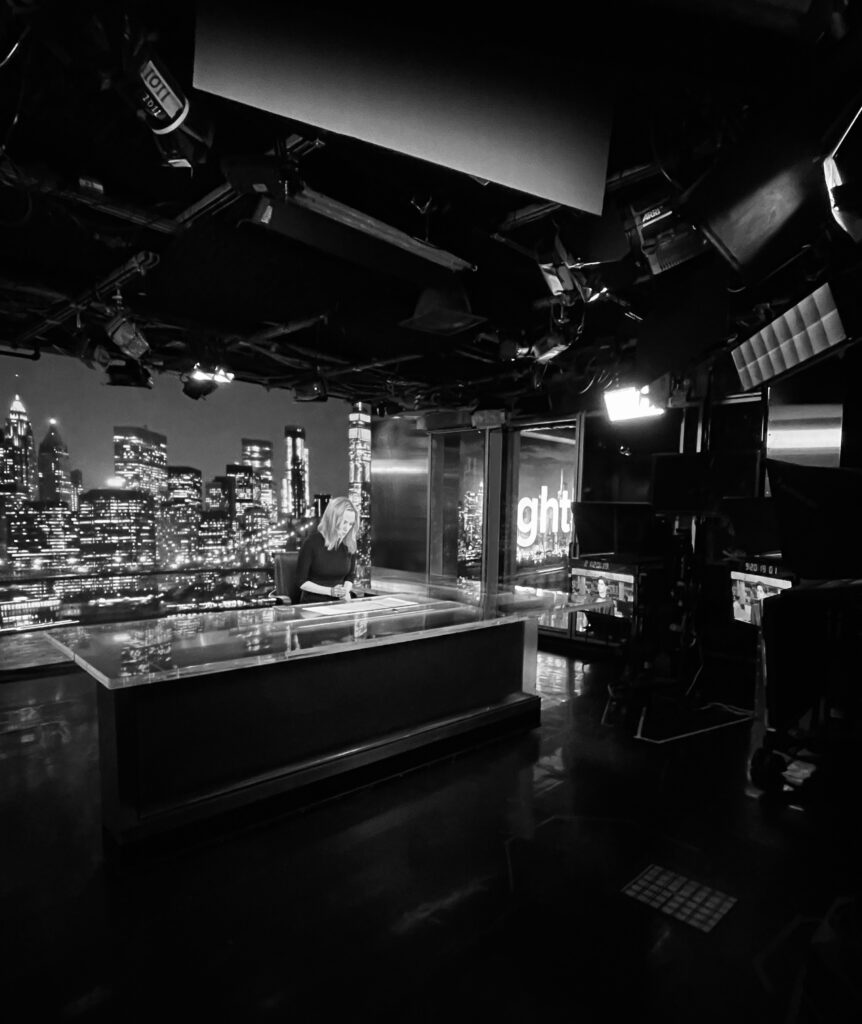Imogen is a New York-based best-selling British author, Emmy Award-winning broadcaster, producer and marketing and communications executive.
A Cambridge University alum and a “petite polymath” according to The New York Post, she is currently an ABC News Contributor and SVP at Concord Theatricals.
Biography

Imogen Lloyd Webber is a best-selling British author, Emmy Award-winning broadcaster, producer and marketing and communications executive who has lived in New York City for almost fifteen years. Educated at Girton College, Cambridge University, where she read history, she is currently an ABC News Contributor and Senior Vice President at Concord Theatricals.
Imogen has made hundreds of appearances on air in the United States. A Royal expert for ABC News, she is a former political MSNBC Contributor, “liberal” Fox News regular and PEOPLE Now‘s Royal Correspondent. She won a New York Emmy Award for Special Event Coverage for her CBS syndicated At the Tonys with Imogen Lloyd Webber, and received five further nominations for the annual show, including for Program Host/Moderator. Previously a Special Correspondent for EXTRA and permanent panelist for Imus in the Morning, she has also been seen on NBC’s The Today Show and done multiple “hits” for CNN, HLN, MTV, PBS and Sirius, as well as the BBC, ITV, Channel 5 and Sky News in Britain.
A best-selling author, Imogen’s books include The Single Girl’s Guide (Summersdale), a worldwide sensation that was translated into 13 languages; The Twitter Diaries (Bloomsbury), co-authored with Georgie Thompson; and The Intelligent Conversationalist: 31 Cheat Sheets That Will Show You How to Talk to Anyone About Anything, Anytime (St. Martin’s Press). Her freelance writing has been for publications as varied as The Financial Times, The Sunday Times, The Sun, The Daily Mail, The Huffington Post, Jane and Scarlet Magazine. She was Senior Editor at Broadway.com for four years and remained an on-camera Contributor for a further three.
Imogen is Senior Vice President of Marketing and Communications (Worldwide) at Concord Theatricals, the only firm providing truly comprehensive services to the creators and producers of plays and musicals, including theatrical licensing, music publishing, script publishing, cast recording and first-class production. She has been with Concord since 2017 and along with overseeing the elevation of thousands of works, her responsibilities encompass supervising the Rodgers & Hammerstein brand.
In the West End, she produced the acclaimed Touched… For Very First Time and the recent My Favorite Things: The Rodgers & Hammerstein 80th Anniversary Concert. She was nominated for a 2023 Emmy for Executive Producing an ABC News Studios documentary on Rodgers & Hammerstein’s Cinderella in the “Outstanding Arts, Culture or Entertainment Coverage” category.
Imogen Lloyd Webber is a… “petite polymath”
The New York Post
The Intelligent
Conversationalist
31 Cheat Sheets That Will Show You How to
Talk to Anyone About Anything, Anytime
Have you ever been at a cocktail party when all of a sudden you feel like an outsider in the conversation because you have absolutely no idea what the person is talking about? Fear not: Imogen Lloyd Webber is on a mission to make everyone as conversationally nimble as she has learned to be as a cable news pundit.
Contact
Publicist:
Daniel Bee
daniel@imogenlloydwebber.com